Can You Still Mine Bitcoin Profitably? What You Need to Know
- Bitcoin mining remains possible but requires significant capital investment and access to electricity below $0.05/kWh to stay profitable.
- ASIC miners are mandatory for competitive Bitcoin mining, with GPUs no longer viable due to network difficulty.
- Solo mining success rates are extremely low; joining mining pools provides consistent but smaller payouts.
- The April 2024 halving reduced block rewards to 3.125 BTC, making profitability increasingly challenging for individual miners.
- For most people, buying Bitcoin directly through exchanges is more cost-effective than investing in mining equipment.
- Mining operations face ongoing costs including hardware ($2,000-$10,000+), electricity, cooling systems, and infrastructure maintenance.
Can You Still Mine Bitcoin? The Short Answer
What You Need to Mine Bitcoin Today
1. ASIC Miners: Can You Still Mine Bitcoin With GPU?
2. Power Supply and Electrical Requirements for Mining
3. Cooling and Infrastructure to Mine Bitcoin
4. Mining Software and Pool Options

Is Bitcoin Mining Still Profitable?
Alternatives to Mine Bitcoin
- Pool Mining: Join forces with other miners to share computing power and receive steady, proportional payouts rather than waiting years for a solo block reward
- Cloud Mining: Rent mining hardware remotely without managing equipment yourself, though beware of numerous scam operations and lower profit margins after provider fees
- Hosted Mining: Purchase your own equipment but pay specialized facilities to house and manage it, benefiting from their bulk electricity rates and professional cooling
- Direct Bitcoin Purchase: Buy Bitcoin through cryptocurrency exchanges like MEXC, avoiding mining hardware costs and electricity expenses entirely
- Bitcoin Staking Services: Explore alternative ways to earn Bitcoin through lending or staking programs, though these carry different risk profiles than mining
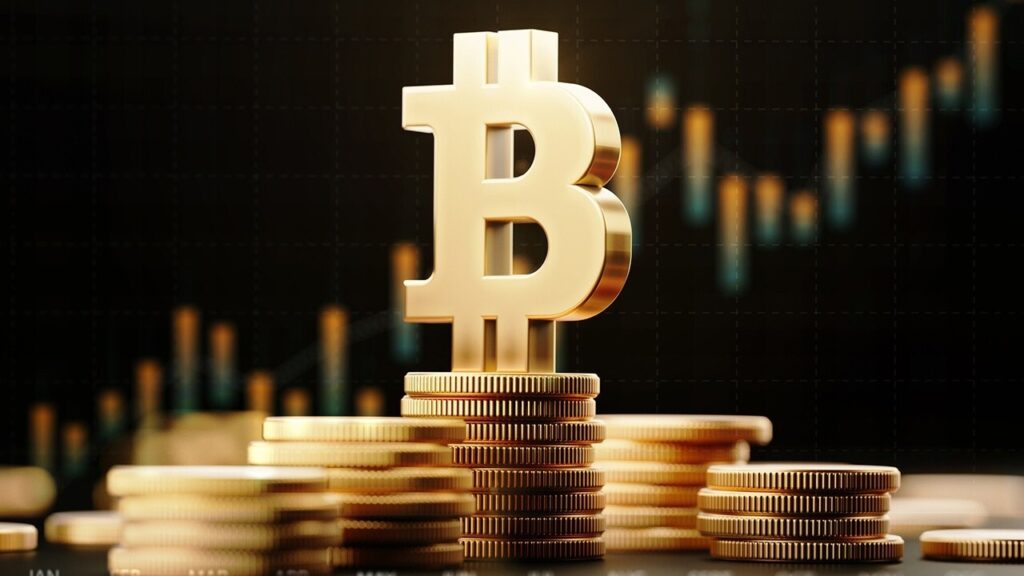
Frequently Asked Questions
Conclusion
Popüler Makaleler
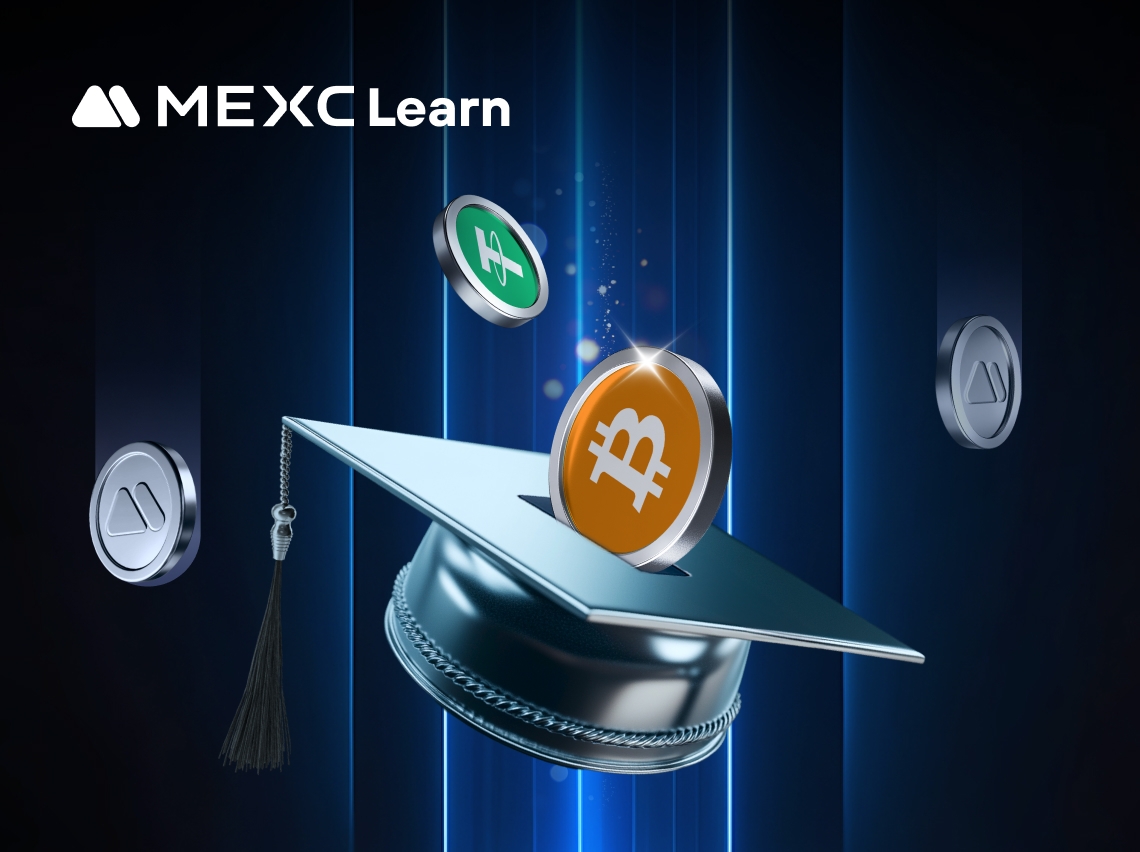
How to Send Bitcoin? Complete Step-by-Step Guide
Sending bitcoin might seem complicated at first, but it's actually straightforward once you understand the basics.This guide walks you through everything you need to know about how to send bitcoin saf
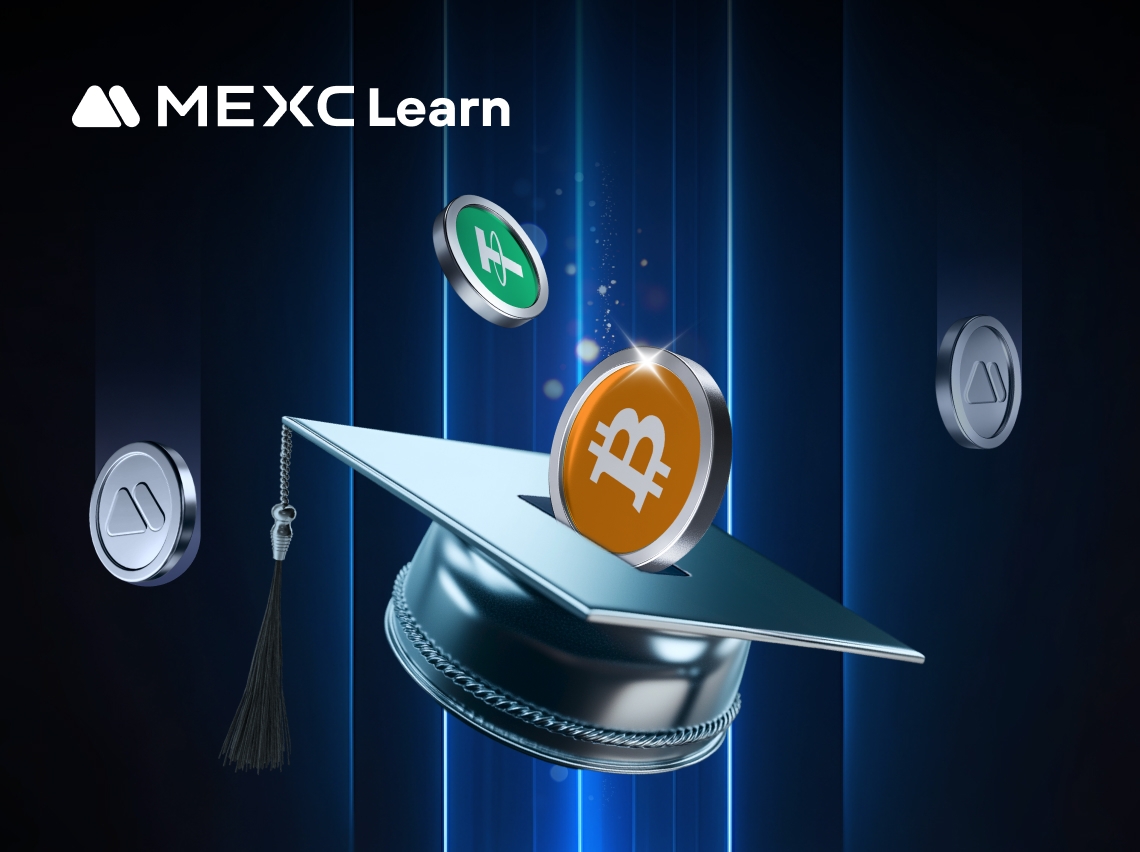
Bitcoin vs Gold: Which Asset Wins as a Store of Value?
The debate between bitcoin vs gold has intensified as both assets reach historic valuations in 2025. Gold has surged significantly with prices above $3,000 per ounce while Bitcoin trades above $100,00
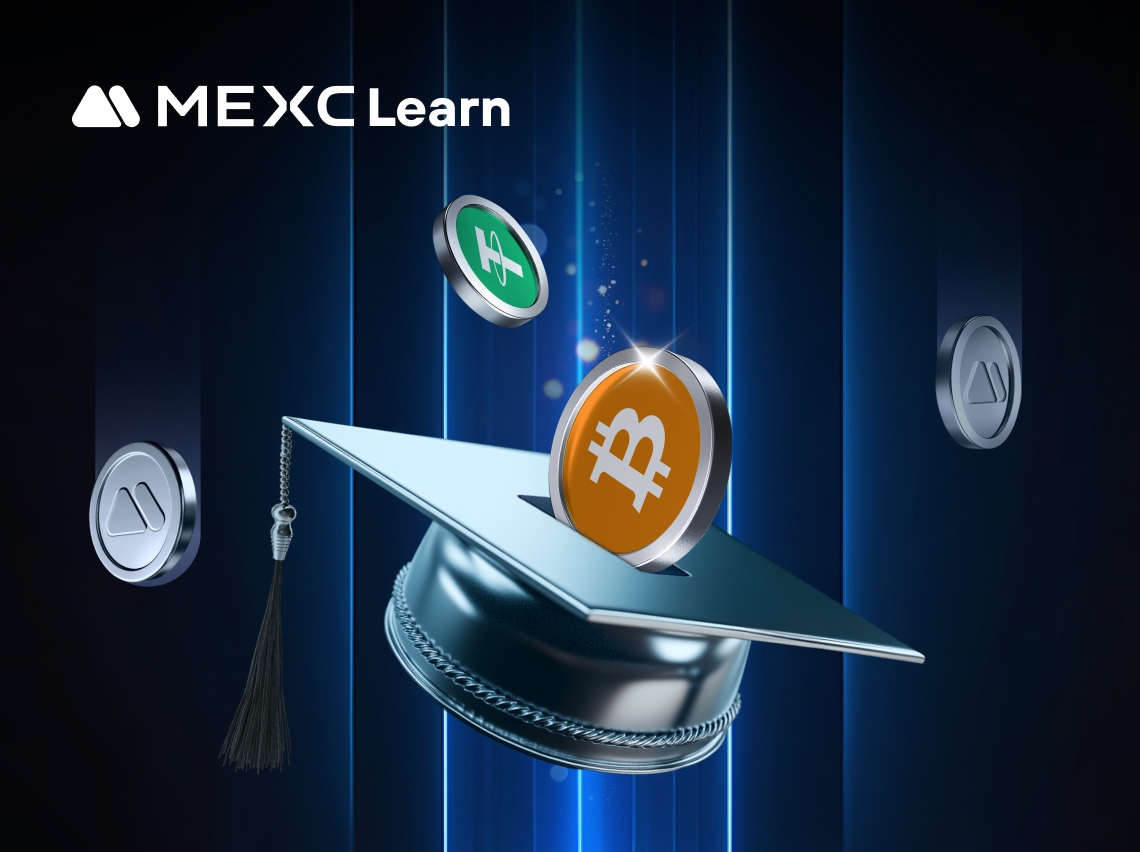
Why Is Bitcoin Valuable? 5 Key Reasons Behind Its Price
Bitcoin has climbed from pennies to tens of thousands of dollars, yet many still wonder how digital currency without physical backing holds any value. This article explains the core factors that make
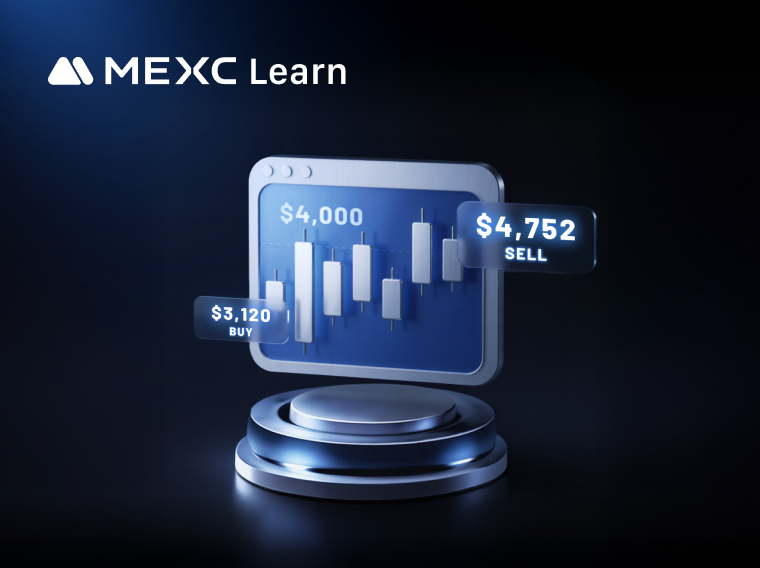
What are Take-Profit/Stop-Loss Orders? Your Automated Tool for Risk Management and Profit Locking
1. What Is a Take-Profit/Stop-Loss Order? A Take-Profit/Stop-Loss order lets users set a trigger price in advance, along with the price and quantity to buy or sell once the trigger is reached. When th
İlgili Makaleler

How to Send Bitcoin? Complete Step-by-Step Guide
Sending bitcoin might seem complicated at first, but it's actually straightforward once you understand the basics.This guide walks you through everything you need to know about how to send bitcoin saf

Bitcoin vs Gold: Which Asset Wins as a Store of Value?
The debate between bitcoin vs gold has intensified as both assets reach historic valuations in 2025. Gold has surged significantly with prices above $3,000 per ounce while Bitcoin trades above $100,00

Why Is Bitcoin Valuable? 5 Key Reasons Behind Its Price
Bitcoin has climbed from pennies to tens of thousands of dollars, yet many still wonder how digital currency without physical backing holds any value. This article explains the core factors that make

Can You Still Mine Bitcoin Profitably? What You Need to Know
Bitcoin mining has transformed from a bedroom hobby into a billion-dollar industry since 2009.Many newcomers wonder if ordinary people can still participate in mining or if it's become exclusive to la
